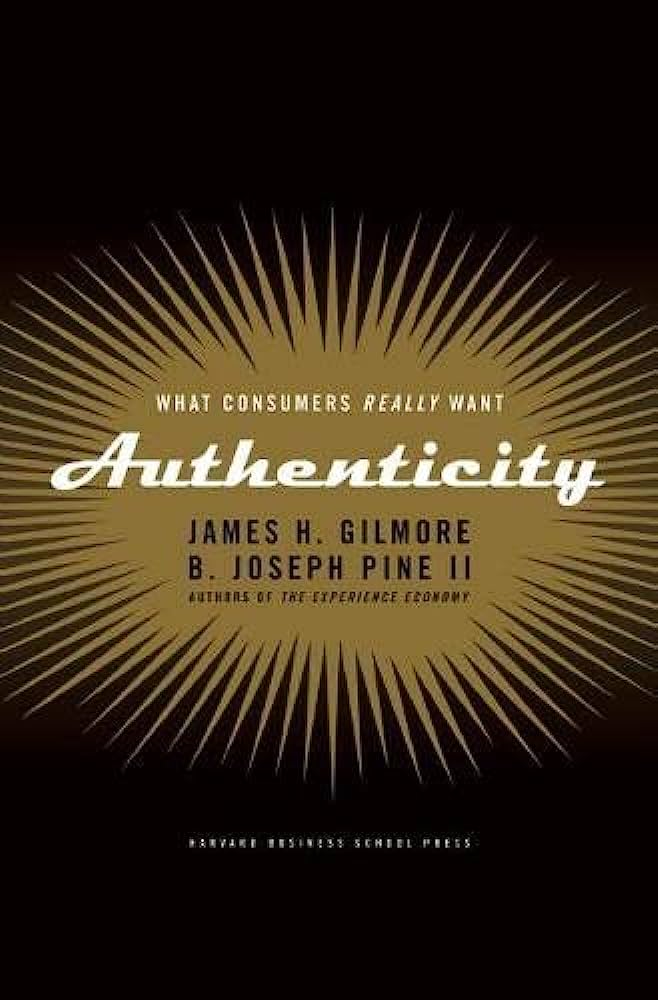Measuring Customer Satisfaction and Loyalty (Third edition): Survey Design, Use and Statistical Analysis Methods
RATING


In this third edition, the author sets out to give a comprehensive model for development and use of customer satisfaction questionnaires. This edition contains additional information about customer loyalty measurement, with the author contending that over the years since the first edition (1992) many articles and books have given a simplistic look at the measurement of customer loyalty.
The author dedicates a chapter to the measurement of customer loyalty that examines both the meaning and measurement of loyalty, including a critique of the research behind the Net Promoter Score (NPS). He introduces additional measures of loyalty such as the Advocacy Loyalty Index (ALI), Purchasing Loyalty Index (PLI) and Retention Loyalty Index (RLI). This edition also includes additional discussions on Web-based surveys and information on customer loyalty management. Chapter topics include: determining customer requirements, reliability and validity of data, customer satisfaction questionnaire construction, sampling methods, customer loyalty and limitations of NPS, using customer satisfaction questionnaires, customer loyalty management and examples of customer satisfaction questionnaires.
This book is well written and detailed, full of examples and templates from the author’s years of experience developing surveys for leading companies. The author does a good job of introducing the methodology, giving lists of possible quality dimensions to define how quality is defined in meeting customer expectations, as well as generating “critical incidents” (examples of organizational performance from the customers’ perspective) before setting out on questionnaire development or customer sampling. The book does a good job of explaining reliability and validity in the context of customer perception and attitude, with an overview of classical measurement theory and sources of errors. The author devotes a chapter to NPS and its criticisms, showing how problems arise in the measurement and meaning of customer loyalty, for example, indicating how the NPS falls short by showing how non-detractors of wireless service providers are sometimes still likely (over 30%) to switch to other providers. The section on using customer satisfaction questionnaires gives multiple examples of surveys from different industries, along with data results and analysis.
This book contains extensive information for development of surveys and analysis of data, however it could use more information through examples and cases of implementation and ongoing process management issues. For more on the subject, see CRM at the Speed of Light.
The third edition of this best-seller updates its detailed information about how to construct, evaluate, and use questionnaires, and adds an entirely new chapter on customer loyalty. Included are two different methods of sampling and determining an appropriate sample size for reliable results; the reliability and validity of results; real examples of customer satisfaction measures and how they can be used; guidelines for developing questionnaires; scale development; the concept of quality; frequencies; sampling error; two methods of determining important service or product characteristics as perceived by the customer; discussion on the measurement and meaning of customer loyalty, and methods for loyalty-based management. Readers will gain a sound grasp of the scientific methodology used to construct and use questionnaires utilizing the author’s systematic approach. They will be able to pinpoint and focus on the most relevant topics, and study both the qualitative and quantitative aspects of questionnaire design and evaluation. These and many more important scientific principles are presented in simple, understandable terms.
This book is a comprehensive study in how to design and use customer satisfaction and loyalty surveys, with in-depth examples for determining customer requirements, reliability and validity of data and different sampling methods. It contains useful appendices with critical incidents interview forms, satisfaction items and customer requirement forms, measurement scales, statistics, parameters and sampling distributions. It is useful for both the design of surveys and use of the information for delivering customer satisfaction improvements. This book will be of interested to any market research professional as well as managers seeking to understand customers satisfaction measurement techniques.

The book is primarily about research and analysis of customer satisfaction or loyalty, in order to formulate a strategy for measuring and improving on customer satisfaction. It also gives examples of tactical implementation of the methodology and devotes 2 chapters to measurement of loyalty and customer satisfaction.
See content on this topic

Sales training for front line along with basic development and coaching principles for line management.
Understanding branding and communications from the standpoint of emotional engagement and building relevant and meaningful dialogue with customers.
This course covers a complete view of customer touch points (both physical and virtual) and a unique model for standardizing and managing customer contact models across channels including approaches for customer feedback, quality management, and migration.
Understand how the innovation process changes moving from functionality and channel design to a process focused on creating value for customers.
Experiential Branding & Communications – Improving Brand Integration Through Emotional Engagement.
This course covers a complete view of customer touch points (both physical and virtual) and a unique model for standardizing and managing customer contact models across channels.
Understand the value of a customer-oriented analytics package and how behavioral scenarios can be used to improve profitability through influencing behavior and usage.
To understand the principles of game dynamics and learn how to effectively use the elements of gamification in business: to involve customers, employees and contractors in the process.
Understand the components and features in a complex Customer Relationship Management system (infrastructure, architecture, functionality, etc.) and the uses and benefits for both the business and the customer.
Understanding the range and function of different relationship management processes used to build customer engagement models and manage the quality of customer relationships.
Understand how the innovation process changes moving from functionality and channel design to a process focused on creating value for customers.
Understanding the drivers and mechanics of corporate culture will help any management to design and develop an organizational culture for success and growth.




 Copy Link
Copy Link
 E-mail
E-mail
 LinkedIn
LinkedIn
 Facebook
Facebook
 Telegram
Telegram
 WhatsApp
WhatsApp

















 Go Back
Go Back
Leave a Reply
You must be logged in to post a comment.